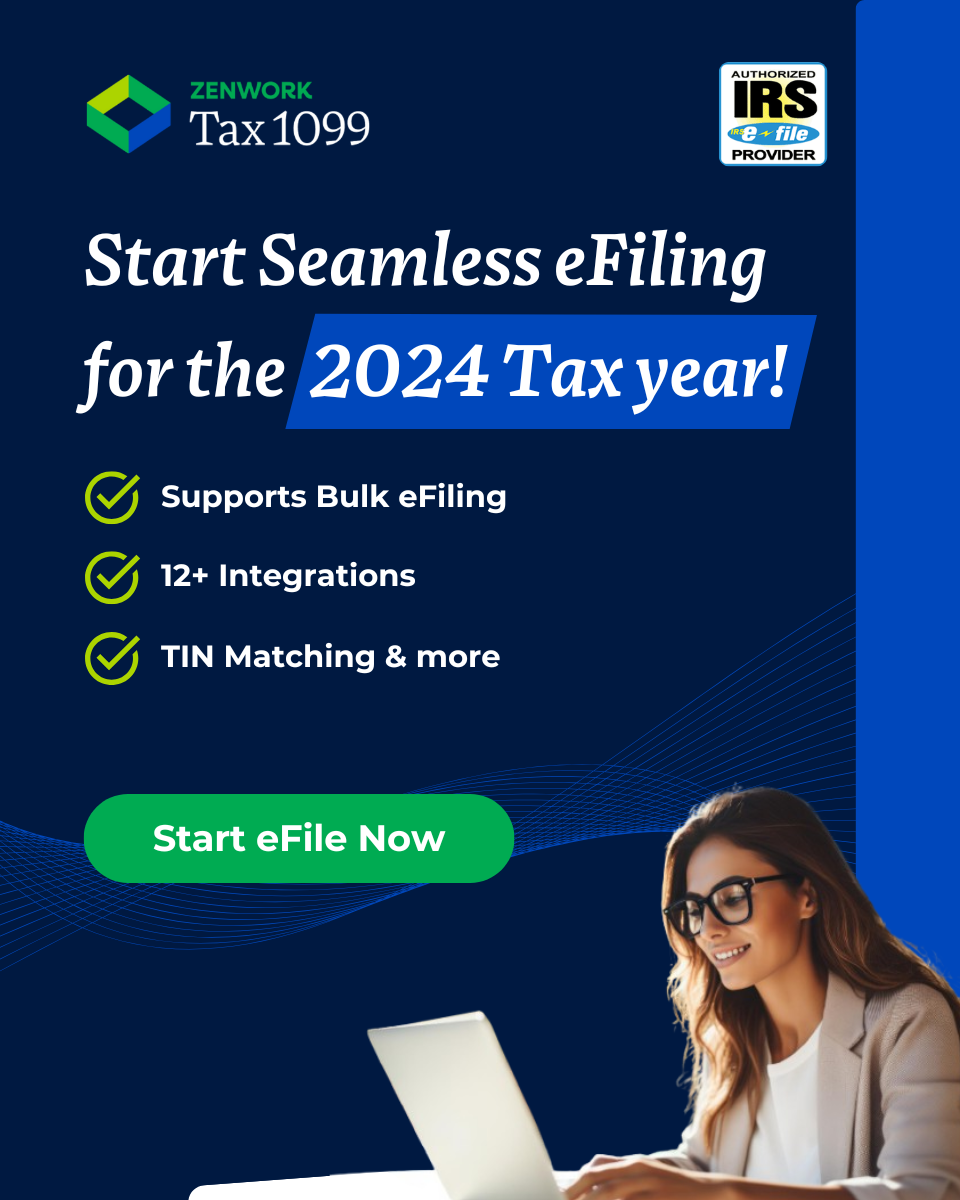PREVIOUSLY: THE CASE OF THE GENERATED REPORT
Walter uncovered a number of reports in the Reports tab of his Tax1099 account. Walter planned to generate a Submissions Report and a Forms Delivery Report. There were many other reports to choose from. Walter knew that, if he needed an overview of his filing process, he’d be able to generate a report. Many of these reports would open Excel spreadsheets.
Walter also learned that the IRS doesn’t require the summary 1096 when forms are efiled. Tax1099 still makes this report available for those who want it for their records. The report is not sent to the IRS, though.
THIS WEEK
Walter hated to think of the possibility of having to correct forms. But, he needed to know if Tax1099 would cover his needs if that eventuality presented itself. So, he sat down at his computer, navigated to Tax1099, and opened a chat window.
“Can you please tell me about corrected forms? Do you offer efiling?”
“Yes! We will efile corrected forms for you, even if you didn’t use Tax1099 to efile the original form. Do you know what kind of correction you might need to make?”
“Are there different kinds of corrections?” Walter was unaware of this.
“Yes, we call them Type I and Type II corrections. Type I corrections are for incorrect box amounts, missing check boxes, or voided forms. To complete a corrected form for these issues, go to Forms > New Form. Select the tax year and tax form. At the top of the page, you’ll see a ‘Corrected’ check box.”
Walter followed along as the chat specialist provided instructions.
“You’ll enter the correct information in the form. If you want to void a form, you’ll enter 0.00 in the amount boxes. Save and Continue, then pay to efile the corrected form.”
“I see,” Walter said, reaching the submission page for his test form.
“If you’ve made an error in a recipient’s name or TIN, you’ve made a Type II mistake. To correct this, you’ll follow the Type I correction steps to void the first form. Enter the information on this form as you originally entered it, then enter 0.00 in the amount boxes. This will tell the IRS to disregard your first submission for this recipient/TIN.”
“Then how do I create a form with the right information? Will that be a corrected form, too?” Walter queried.
“You’ll select Form > New Form, and choose the tax year and tax form. This will be the first form you’re filing for the recipient with accurate information, so you won’t select the ‘Corrected’ check box at the top of the page.”
“I understand,” Walter typed. “What about blocking a submission? What does that mean?”
“You can block a submission before it’s been sent to the IRS. If you don’t block the submission before it’s sent, you’ll have to fix the errors by efiling corrected forms. Keep in mind that, if you block a submission, all forms with the same reference number will not be sent.”
“Oh? So, if more forms of that reference number are correct…”
“Right,” the specialist responded, “It might be better for you to let the submission go through, and then file corrected forms.”
“Thank you, you’ve been very helpful!” Walter typed. “I hope I won’t have to file corrected forms, but if I do, it’s good to know that Tax1099 can help me!”
And with that, Walter returned to running his bakery.
NEXT WEEK
Walter woke up in a panic. He had forgotten to check about information storage on Tax1099. How long would his forms be saved in the system? Would he be able to extract his vendor information? How much time did he have before everything disappeared?


